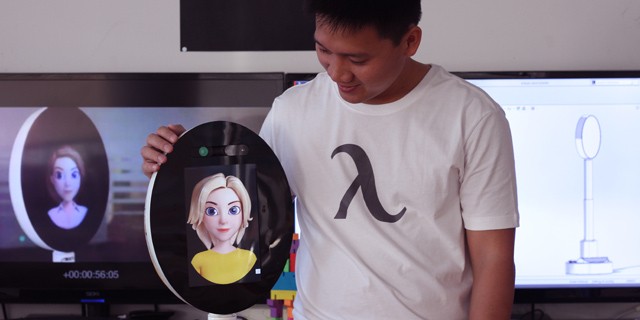Over the five days of this year’s SXSW Interactive, the Lab team produced a prolific amount of original reports, recaps, and trend round-ups, all listed below for quick indexing or catching up.
Previews:
- Four Major Brand Activations To Look Forward To At SXSW 2015
- Seven Trends We Look Forward To At SXSW 2015
On-location Recaps:
- Event Recap: SXSW Accelerator Part 1, 2 & 3
- SXSW 2015: Value Exchange In A Data-Rich World
- SXSW 2015: The Consumer Experience 2.0
- SXSW 2015: How Do Brands Stand Out?
- SXSW 2015: Fingerprints and Intimacy
- SXSW 2015: Solutions for Augmented and Virtual Reality
- SXSW 2015: E-Commerce Is The New Publishing
In Review:
- SXSW 2015: Highlights From The Keynotes
- SXSW 2015: The Six Most-Talked About Digital Brand Activations
- Zombies and Cats and BBQs: The Coolest Stuff From SXSW 2015


